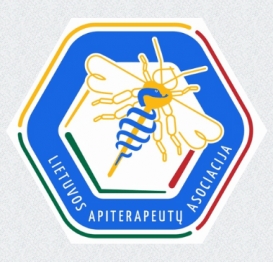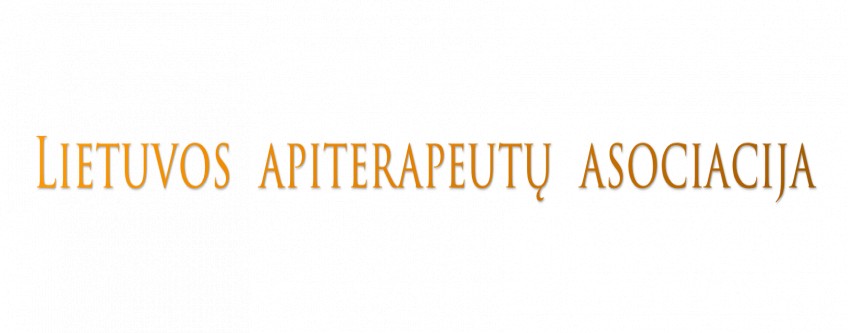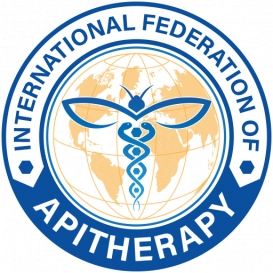I.F.A. » Speakers/Authors

JOSÉ MAURÍCIO SFORCIN
1) Formation
1989 Graduation BIOSCIENCES INSTITUTE – UNESP – CAMPUS OF BOTUCATU
1996 PhD VETERINARY MEDICINE AND ANIMAL HUSBANDRY FACULTY
UNESP – CAMPUS OF BOTUCATU
2006 Associate Professor BIOSCIENCES INSTITUTE – UNESP – CAMPUS OF BOTUCATU
2) Professional history. List of the main professional positions including the period and institutions
- Representative of the professors of the Biosciences Institute in the University Council of UNESP (2014 until now)
- Vice-coordinator of the Program of Post-graduation in General and Applied Biology, IB, UNESP, Botucatu (2013 until now)
- Member of the Concil of the Graduation Course in Biological Sciences, IB, UNESP, Botucatu, (2013 –2015)
- Head of the Department of Microbiology and Immunology, IB, UNESP, Botucatu (2011-2013)
- Head of the Department of Microbiology and Immunology, IB, UNESP, Botucatu (2009-2011)
- Vice-Head of the Department of Microbiology and Immunology (2007–2009)
- President of the Research Commission (2001–2003)
- Vice-President of the Research Commission (2003–2005)
- Member of Departmental Council (2001-2003; 2013-2015)
- Responsible for the research group “Biological properties of natural products” – CNPq, since 2002.
3) List of the 10 more relevant researches including manuscripts, book chapters, patents, softwares or others
1. SFORCIN, J.M., CONTI, B.J., SANTIAGO, K.B., ARAÚJO, M.J.A.M., BÚFALO, M.C. Potencial da própolis para o desenvolvimento de novas drogas. Editora UNESP, 69p. 2014. (National book).
2. BÚFALO, M.C., SFORCIN, J.M. The modulatory effects of caffeic acid on human monocytes and its involvement in propolis action. Journal of Pharmacy and Pharmacology, v. 67, p. 740-5, 2015.
3. BÚFALO, M.C., BORDON-GRACIANI, A.P., CONTI, B.J., GOLIM, M.A., SFORCIN, J.M. The immunomodulatory effect of propolis on receptors expression, cytokine production and fungicidal activity of human monocytes. Journal of Pharmacy and Pharmacology, v. 66, p. 1497-504, 2014.
4. BÚFALO, M.C., FERREIRA, I., COSTA, G., FRANCISCO, V., LIBERAL, J., CRUZ, M.T., LOPES, M.C., BATISTA, M.T., SFORCIN, J.M. Propolis and its constituent caffeic acid suppress LPS stimulated pro-inflammatory response by blocking NF-κB and MAPK activation in macrophages. Journal of Ethnopharmacology, v. 149, p. 84–92, 2013.
5. SFORCIN, J.M., SOUSA, J.P.B., SILVA FILHO, A.A., BASTOS, J.K., BÚFALO, M.C., TONUCI, L.R.S. Baccharis dracunculifolia: uma das principais fontes vegetais da própolis brasileira. Editora UNESP, 100 p., 2012. (National book).
6. SFORCIN, J.M., CONTI, B.J. Can propolis affect immunity? In: Beneficial Effects of Propolis on Human Health and Chronic Diseases. Farooqui & Farooqui, Nova Science Publishers, Inc. New York, USA, v. 1, p. 111-121, 2012. (International book chapter).
7. SFORCIN, J.M., BANKOVA Vassya. Propolis: is there a potential for the development of new drugs? Journal of Ethnopharmacology, v. 133, 253-60, 2011.
8. SFORCIN, J.M. Propolis immunomodulatory action. In: SINGH, V.K., GOVIL, J.N. Recent Progress in Medicinal Plants. Studium Press LCC, USA, v. 30, p. 293-316, 2010. (international book chapter).
9. SFORCIN, J.M. Própolis e imunidade: comprovações científicas. Editora UNESP, 67 p., 2009 (National book).
10. SFORCIN, J.M. Propolis and the immune system: a review. Journal of Ethnopharmacology, v. 113, p. 1-14.
4) List of financial aid to research
Nothing to declare.
- Scholarship of Research Productivity from CNPq – level 1D (2014 – 2018)
5) List of students under my supervision with scholarship
Anthony James Farlow, post-doc in General and Applied Biology, IB, UNESP, Campus of Botucatu (PNPD/CAPES).
Bruno José Conti, post-doc in General and Applied Biology, IB, UNESP, Campus of Botucatu (PROPE/UNESP).
Yahima Frión Herrera, PhD student in Pathology, FM, UNESP, Botucatu (AUIP).
Ariane Rocha Bartolomeu, master student in Pathology, FM, UNESP, Botucatu (CAPES).
Eliza de Oliveira Cardoso, master in General and Applied Biology, IB, UNESP, Campus of Botucatu (FAPESP).
Lívia Matsumoto da Silva, master in General and Applied Biology, IB, UNESP, Campus of Botucatu (FAPESP).
Fernanda Lopes Conte, master in General and Applied Biology, IB, UNESP, Campus of Botucatu (CAPES).
Lucas Pires Garcia Oliveira, undergraduated student in Biological Sciences, IB, UNESP, Campus of Botucatu (PIBIC/CNPq and FAPESP).
6) Quantitative indicators. 1) Published books; 2) publications in journals with a selective editorial policy; 3) book chapters; 4) supervisor of master’s theses; 5) supervisor of PhD theses; 6) Number of citations in international scientific literature, according to the ISI,
Scopus and Google Scholar
Published books: 03
International book chapters: 02
Publications in journals with a selective editorial policy: 83
Supervisor of master’s theses: 08
Supervisor of PhD theses: 05
7) Link to MyResearcherID (ISI) or MyCitations (Google Scholar).
7.a) Profile URL : http://www.researcherid.com/rid/F-4263-2012
7.b) MyCitations do Google Scholar: http://scholar.google.com.br/citations?hl=pt-BR&user=U2H5L9IAAAAJ
CITATIONS: ISI=1429, FACTOR H=20 (26/10/15)
8) Other biographical information relevant in the last five years showing experience and competence in the field of knowledge.
a) Conference “Stress e imunidade” in the University of Coimbra, Portugal – January 2015
b) Participation in the “ImmunoColombia 2015”, October 2015.
c) Interview about propolis. Revista Saúde, August 2014, p. 58-61.
d) Conference “Propolis’ immunomodulatory and antitumoral activities” in the University Veracruzana, Mexico and in the University of Havana, Cuba – July 2014.
e) Participation in the 43rd International Apicultural Congress, Kiev, Ukraine, October 2013.
f) Conference “Propolis’ immunomodulatory and antitumoral activities” in the University of Zagreb, Croatia, and in the University of Ljubljana, Slovenia, April 2012.
g) Interview about propolis. Rádio Câmara, Brasília, DF, February 2012.
h) Interview about propolis. Revista Saúde, January 2010, p. 44-7.







